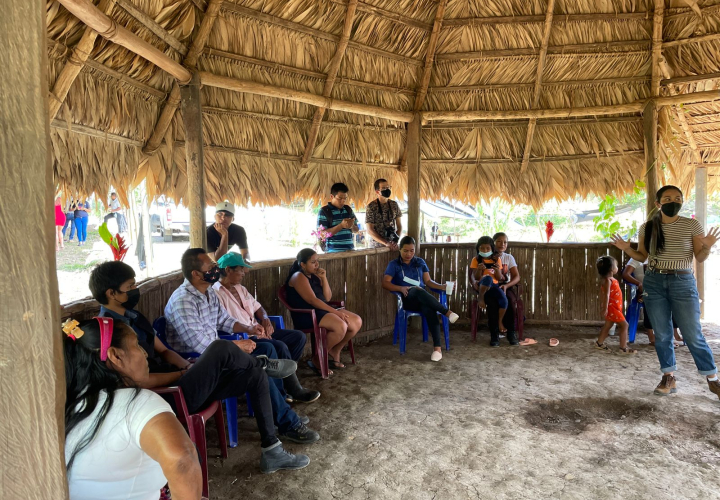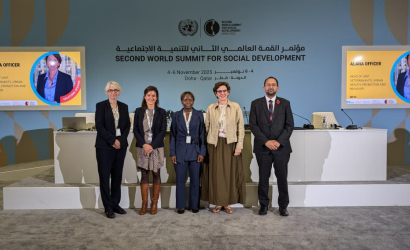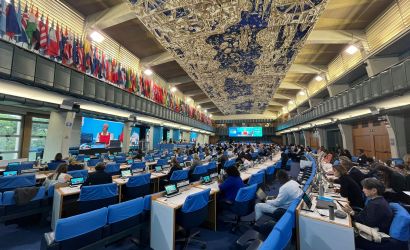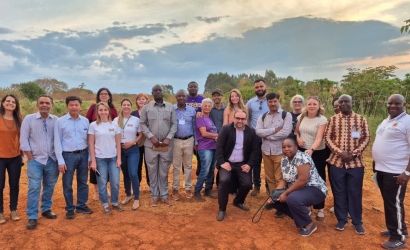Nutrition and climate change are inextricably linked, presenting opportunities to support shared goals – healthy people, healthy planet ‒ or perpetuate a vicious cycle. This story highlights Costa Rica’s exemplary efforts to promote sustainable healthy diets, such as by developing food-based dietary guidelines with sustainability criteria, in pursuit of these win-wins. It also captures how this has triggered a renewed appreciation for the country’s patrimony of tropical fruits and fresh vegetables. As the effects of climate change deepen and obesity levels continue to rise (currently estimated at one-third of adult women[1]) in this strip of Central America, these efforts are more pressing than ever.
An inclusive multi-sectoral approach
Policymakers and practitioners from different sectors are taking concrete measures to reverse these trends and protect the country’s nature and populace. The agriculture sector in Costa Rica has been working for many years to take nutrition-smart action to mitigate climate change because “we believe in the [positive] environmental, societal and economic impact of developing sustainable food systems,” says Karla Mena Soto, an engineer at the Ministry of Agriculture and Livestock. Karla took part in the recent COP26 climate negotiations in Glasgow, Scotland and underscored this message at a side event, jointly organized by UN Nutrition, specifically the World Food Programme (WFP), the World Health Organization (WHO) and the Swiss Confederation.
The Ministry of Agriculture and Livestock (MoAL) is joined by five other ministries (Health, Education, Culture, Commerce and Environment and Energy), who are formulating guidance on sustainable food systems, including food-based dietary guidelines (FBDGs). Colleagues at the Food and Agriculture Organization of the United Nations (FAO) have provided technical assistance throughout the process, complementing WHO-supported public health campaigns to curb diet-related noncommunicable diseases (NCDs) and UNICEF’s work to combat child overweight and obesity. In Fiorella Piedra Leon’s words, an FAO nutrition consultant based in Costa Rica, “we’re all working in different pieces of the puzzle, working towards the same goal.”
Promoting healthy eating
The first-ever FBDGs for the critical 1000-day period (from conception to a child’s second birthday) were released in July 2021. Among other principles, the new guidelines emphasize the importance of breastfeeding and raise awareness about breastmilk as being the best food for infants from a nutritional standpoint, ‘free’ in cost and environmentally sound with no packaging to discard, etc. This will help to address child stunting, which is low but continually climbing[2], and likely to be exacerbated by the effects of the COVID-19 pandemic.
Actors are now devising FBDGs for the wider population to be finalized in 2022. The following food categories are targeted, to either encourage or discourage consumption in light of the Costa Rican context.
- Beans, as a planet-friendly source of protein, part of local food culture and yet under-consumed
- Fruits and vegetables, rich in vitamins, minerals and fibre but low in calories
- Red and processed meat, and fats acknowledging their role in diets within limits and links to health issues
- Salt and sugar, recognizing that Costa Ricans are consuming too much as well as associated health risks
Going beyond healthy
Not only do these FBDGs promote healthy eating, but they also include recommendations that encompass the three dimensions of sustainability ‒ economic, environmental and societal. For example, the guidelines encourage Costa Ricans to eat fresh foods produced locally, outlining which fruits and vegetables are available during different seasons. These provisions help to reduce the environmental footprint of foods and increase access to healthy diets, recognizing that fruits and vegetables are cheaper when they are purchased in season.
In addition, the guidelines will aim to teach kids about the origin of food. “Foods don’t come from the supermarket. Food comes from the land; it comes from the farm,” Karla stated. They will also encourage children to replace unhealthy processed foods that contain high levels of salt and fat, with fresh healthy alternatives, capitalizing on the fact that Costa Rica is a country with abundant fruits and vegetables. In this sense, the guidelines are a vehicle to engrain healthy eating habits from an early age and reverse the steady increase in overweight and obesity among children and adolescents 5–19 years old, exhibited since 2000.[3] The country is also leveraging technology to disseminate the FBDGs via videos posted online and social media materials that improve outreach, including to families of young children.
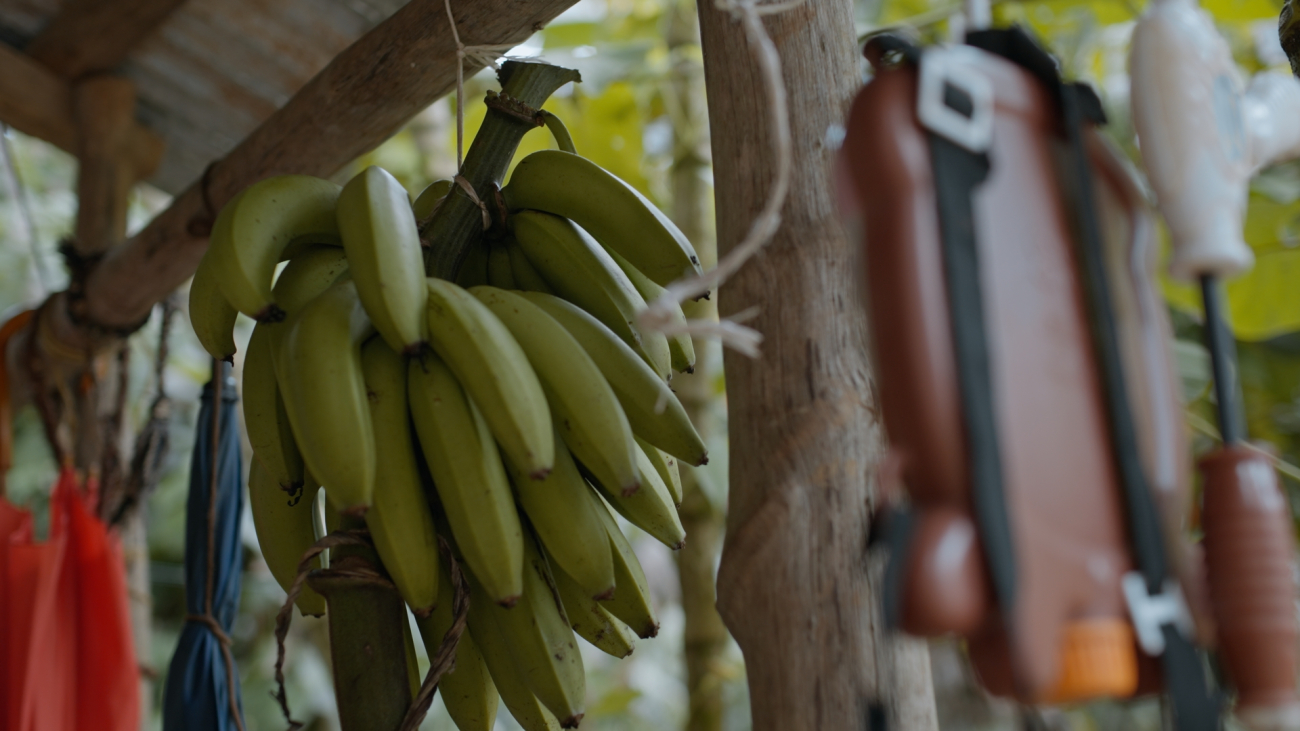
Other climate mitigation actions
MoAL is also working to articulate climate mitigation and adaptation actions for rice, bananas, sugar cane, livestock and coffee, recognizing that these crops are important to the country’s economy and social development. FAO is supporting livestock and coffee-related actions that enable family agriculture to become more resilient through an initiative, called Agro-environmental Agenda, in collaboration with MoAL and the Ministry of Environment and Energy. Costa Rica is also one of approximately 100 countries participating in the Koronivia Joint Work on Agriculture (KJWA) under the auspices of the United Nations Framework Convention on Climate Change (UNFCCC), which promotes nutrition objectives and addresses the food security dimensions of climate change.
Additionally, Costa Rica is employing a comprehensive approach to strengthen indigenous agri-food systems through multiple initiatives, such as Mesoamerica without Hunger and a UN Joint Program (SDG Fund). These measures are strengthening exchange systems for indigenous seeds and knowledge between indigenous organizations and other institutions as well as across generations, using digital platforms such as WhatsApp. Other actions foresee updating school garden guides in indigenous territories, developing a case study on the Bribri Peoples in the Puntarenas province and the inclusion of indigenous producers in the public procurement programmes. All these measures have scope to foster biodiversity and increase access to sustainable healthy diets, crucial for good nutrition.
Inspiration for moving forward
As highlighted above, the Government of Costa Rica is actively taking measures towards inclusive, sustainable and climate-resilient agriculture systems to safeguard food security and nutrition. The Costa Rica experience also shows that FBDGs can bridge the nutrition and climate agendas and how integrating sustainability criteria into them makes a difference for producers and consumers alike. Data and evidence can facilitate scale-up, and as Karla urged in Glasgow, “we need to scale up because we eat every day.”
Endnotes
[1] Development Initiatives. 2021. 2021 Global Nutrition Report: The state of global nutrition. Bristol. Available at https://globalnutritionreport.org/resources/nutrition-profiles/latin-america-and-caribbean/central-america/costa-rica/.
[2] Ibid
[3] Ibid
